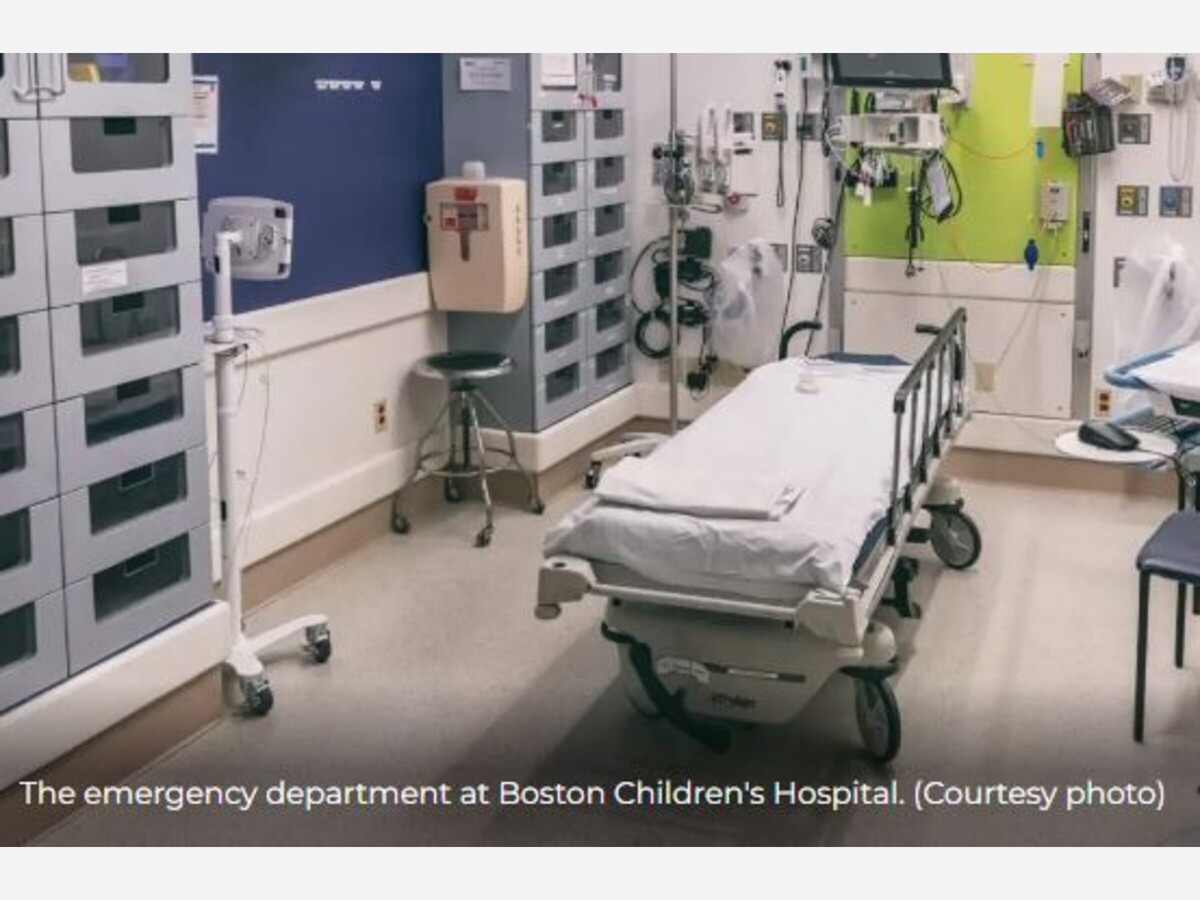Image

by Eileen McAnneny, CommonWealth Beacon
September 28, 2024
PROVIDING STEWARD HEALTH'S successor hospitals with up to $700 million in state tax revenues because of abysmal management by its private equity owners has left many Massachusetts taxpayers upset. That outrage should result in a detailed accounting and annual public reporting of all hospitals’ finances across the state to prevent a reoccurrence.
The reality is that taxpayers have been propping up hospitals for years, yet quality has not improved, costs have gone up, and access has gone down. Policymakers cannot keep providing state resources to these hospitals without additional accountability or oversight.
Lawmakers’ reluctance to upset the status quo may stem from the fact that healthcare is big business in Massachusetts. The largest employer in Massachusetts, by far, is Mass General Brigham, followed by Beth Israel Lahey Health. Together they employ almost 125,000 people. That’s nearly 20 percent of the population of Boston. When you factor in Tufts Medical Center, Boston Medical, Boston Children’s, and the others, it is clear how much economic power the hospital industry has in Massachusetts.
Much of the hospital sector growth has come at the expense of other industries and other public priorities. New scholarly research concludes that “Over the past two decades, hospital prices have outpaced the price growth in all other sectors of the US economy.”
Over the past 30 years, hospital prices have increased by 600 percent, which has driven up the overall cost of healthcare. The American Medical Association found that the largest share of healthcare spending – over 30 percent – goes to hospitals. These unfettered price increases lead to higher insurance premiums, less take-home pay, and reduced profit margins for businesses. It also means fewer state resources to fix our transportation infrastructure or invest in public health.
Taxpayers support non-profit hospitals by granting them tax-exempt status. As a result, most Massachusetts hospitals don’t pay income taxes but must provide community benefits, such as free care, in an amount commensurate with the tax benefit they enjoy. They are reimbursed for unpaid care through the Health Safety Net fund, supported by $165 million in annual fees from hospitals and insurance companies, which are ultimately paid by consumers through higher hospital charges and insurance premiums. This current practice needs to be reexamined to prevent an undue burden on taxpayers.
Despite this taxpayer largesse, the Massachusetts Health and Hospital Association reports a $220 million Healthy Safety Net deficit for fiscal year 2025, following $380 million deficits in FY 2023 and 2024, totaling $600 million. It raises the question how exactly are hospitals burning through so much cash?
Before lawmakers provide additional resources to these hospitals, it would be in taxpayers’ best interest to learn how health systems are spending this money. Knowing what is behind the Health Safety Net deficit is a critical step in addressing the shortage. The answer cannot simply be to keep giving hospitals more money because employers, both fully- and self-insured, are paying for these costs indirectly through higher charges and premiums.
Notably, hospitals are still asking for more revenue. They are increasingly using aggressive negotiating tactics to obtain higher payments from insurers and customers. Some hospitals have threatened to leave insurers’ networks, then leverage the media to scare patients that they’re about to lose access to their doctors and providers to apply pressure to commercial payers. This results in higher rates that are passed on to employers in the form of higher premiums and to their employees in the form of higher out-of-pocket costs or less take-home pay.
The economic impact of higher hospital costs is real. Research from the University of Chicago shows that “a 10 percent increase in health insurance premiums reduces the aggregate probability of being employed by 1.2 percent, reduces hours worked by 2.4 percent, and increases the likelihood that a worker is employed only part time by 1.9 percent. For workers covered by employer-provided health insurance, this increase in premiums results in an offsetting decrease in wages of 2.3 percent.”
Just because many hospitals are tax-exempt, it does not exempt them from answering questions about their rising prices, business practices, and the Health
Safety Net shortfall. In fact, increased accountability is the price they should pay for sizable state subsidies.
The Employer Coalition on Health is trying to do just that. A group of concerned employers who are working to make healthcare more affordable, we will be asking for a full accounting of how Health Safety Net funds have been spent and if the tax-exempt status that hospitals enjoy in return for providing community benefits is in keeping with that tax benefit as necessary to ensure that the commercially-insured are not paying more than their fair share.
Eileen McAnneny is president and CEO of Employer Coalition on Health, which advocates for employers in conversations surrounding healthcare affordability in the Commonwealth.
This article first appeared on CommonWealth Beacon and is republished here under a Creative Commons license.
